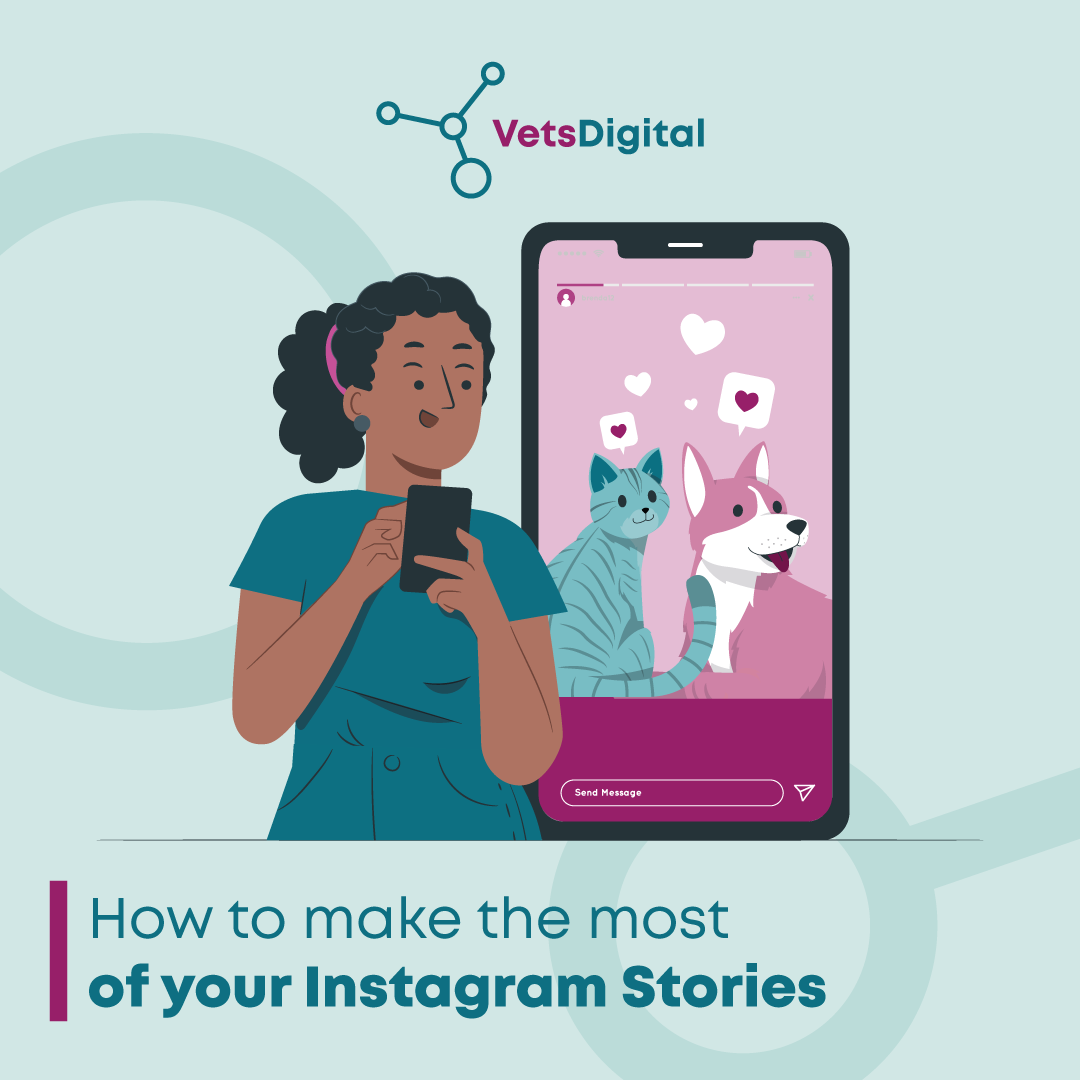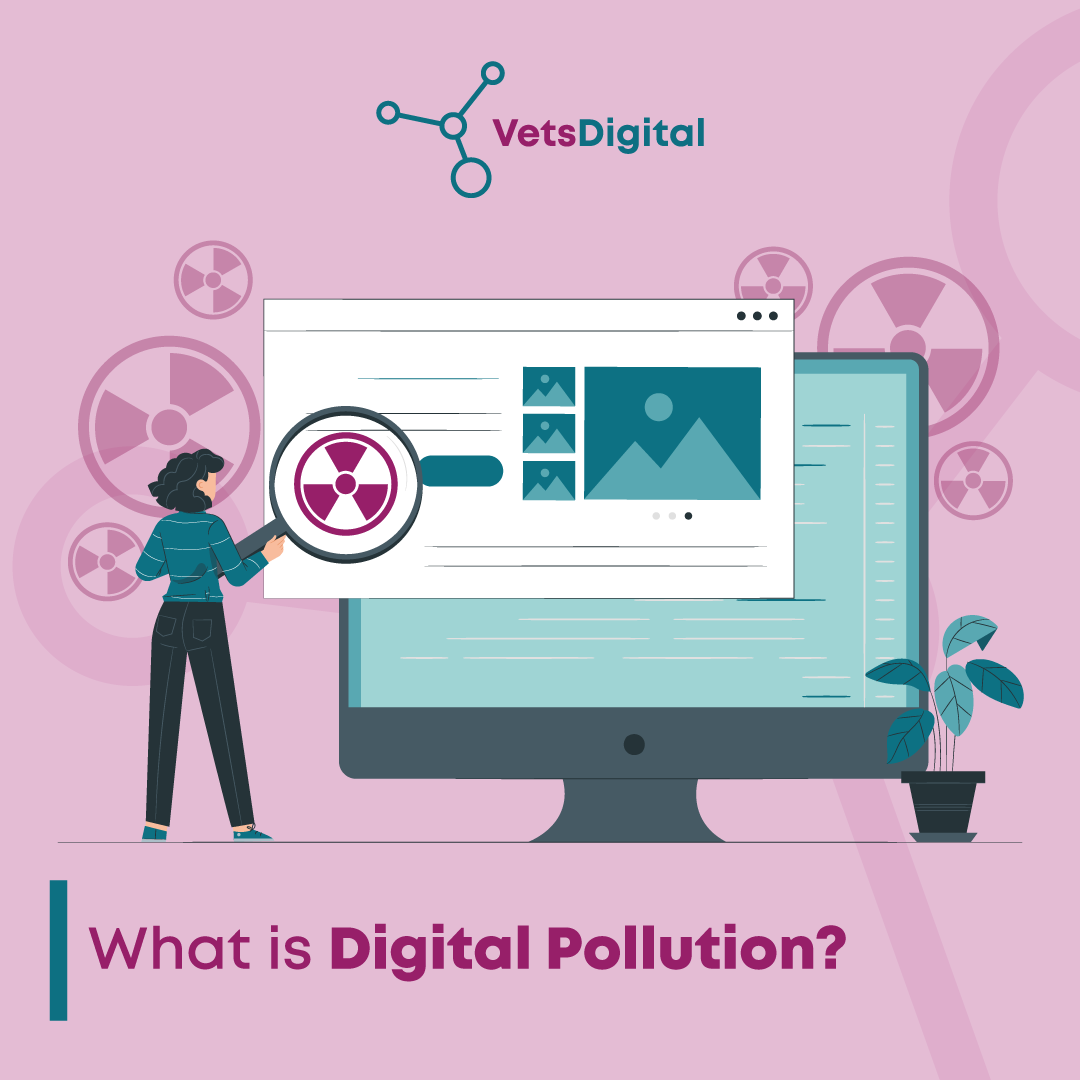News, Uncategorised,
Client Education Posts – Words into Action
It’s New Year again… and almost every practice in the country is pushing weight control, obesity awareness, and preventative health. Which is of course a sensible and solid strategy – good marketing typically comes from riding an existing wave in awareness. Of course, all the media have “New Year Resolutions” and “Get healthier in 2018” features running at the moment, so extending that to pets is a logical extension. It also links nicely into the One Health movement, but we’ll look at that in a future blog!
However, is this focus actually helping your practice? And how can you ride that wave to maximise the benefit?
The only way to determine this, though, is to decide: what is your goal?
In general, there are three reasons for using digital marketing (and of course, they aren’t mutually exclusive – however, most people choose to focus primarily on one of them).
-
Increase acquisition of new clients.
-
Retain and optimise existing clients’ use of your services.
-
Educate and inform your clients.
Whichever your primary goal is, you will need to adjust your targeting and content to maximise effectiveness.
So, if you aim to increase client acquisition, then you need to target potential but not actual clients. This would typically be through your website, Google/Bing and social media presence (and remember, social media doesn’t start and stop with Facebook – Instagram, Twitter, YouTube, Snapchat and even Pinterest are all platforms with a large and loyal following). Your content should usually be focussed on stressing the advantages of your practice over others – whether that is customer experience, gold standard care, convenience, cost or some other unique selling point (USP).
The other thing to remember is that our research suggests that word of mouth and its more organised cousin, online reviews, are the most important factors people consider when choosing a new practice – so all the great content in the world won’t help you if you haven’t got glowing (and genuine!) reviews from existing clients.
If, on the other hand, you want to optimise client usage of the practice, you are looking to increase footfall and, bluntly, maximise their spend. These are best served through regular blogs and stories on your website, and (even better) regular personalised mailshots (although we recommend emails rather than snail-mail as you get better feedback and optimisation, it can be more easily personalised, and it’s a lot cheaper!). The personalisation element is important – not so much in just addressing them “Dear John” or whatever, but in making sure that the content of the mailing addresses concerns that client is likely to have. For example, sending out a really good piece on FLUTD to your dog-owning clients is unlikely to endear you to them! The solution we recommend is segmentation – so cat owners receive cat-specific information, dog-owners get dogs things, rabbit owners are sent lapine updates, and so on. If you’re careful, you can even build these different content blocks into the same email, but have each client receiving only the bits that are relevant to them.
You can even take this a step further, and start using transactional emails – so if a client is due in for a routine health-check, they get a reminder, with some additional snippets emphasising the importance of preventative health, for example.
Monetising this sort of marketing is usually straightforward. The trick is to provide accurate and unbiased information (about preventable diseases, unpleasant parasites, the hazards of obesity, or whatever) that automatically lead to action by the client. So, a phrase like “these conditions can all be prevented with regular vaccination – feel free to contact us if you’d like to know more” may actually be more effective than “if you don’t get your pet vaccinated, they could die – so come in and get them boosted now!” (the Nudge Theory).
Of course, if it’s going to work, there must be capacity to meet the perceived need you have generated – so at this time of year, free nurse-led weight clinics, for instance, are a great draw. It’s free, so the client (rightly) sees it as a great deal; however, once in the practice, staff are likely to be able to upsell food, or parasite products, or even toys and accessories.
There is, of course, a great deal of overlap with the third goal, to educate and inform your clients. The difference is that if you’re trying to get more clients into the practice to spend more, the content you provide must be of relevance to the majority of your client base, and it must include a strong Call To Action (CTA). An informational piece of marketing, on the other hand, must be of interest, but not necessarily relevance, to your clients. For example, an informational blog might be about GDVs in dogs, or an interesting fracture repair in cats, or heroic (and ideally successful) surgery in a rabbit. While this will be relevant for only a small subset of clients, it is likely to be of interest to all of them. The same principle applies to providing a bank of factsheets or a symptom checker – neutral and reliable information hosted on your website, with the added advantage that clients can hunt through to find what is relevant to them, or browse through whatever is interesting.
The greatest advantage of an informational marketing strategy is that it builds loyalty among your client base and tends to increase client bonding. If there isn’t any obvious plug for a service you offer, clients are likely to see the information – and by extension the practice – as more reliable.
The optimal mix will of course vary from practice to practice, depending on your location, competition, client base, and specific needs. However, an integrated marketing strategy will incorporate some elements of all of these, increasing acquisition and simultaneously building engaged, bonded clients.
If you’d like to know more, contact us for veterinary specialist internet marketing support, content and advice (see what I did there?!).






